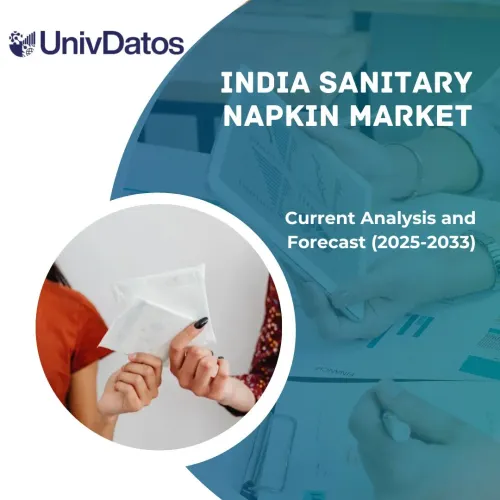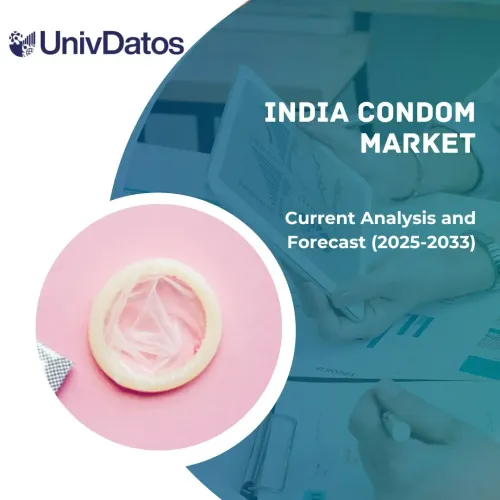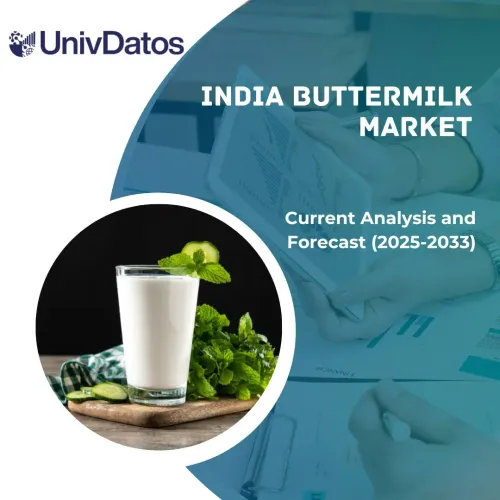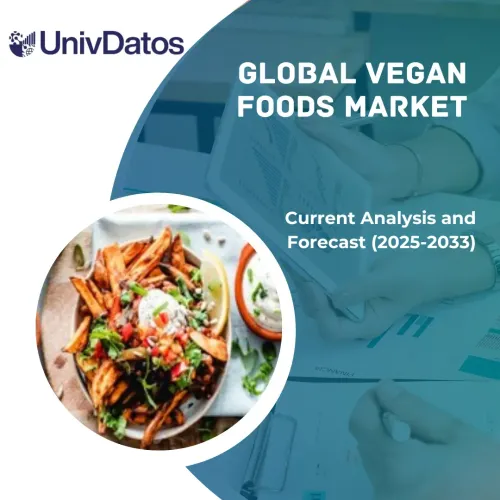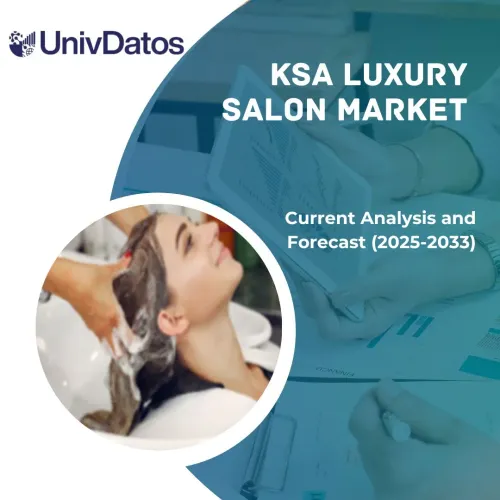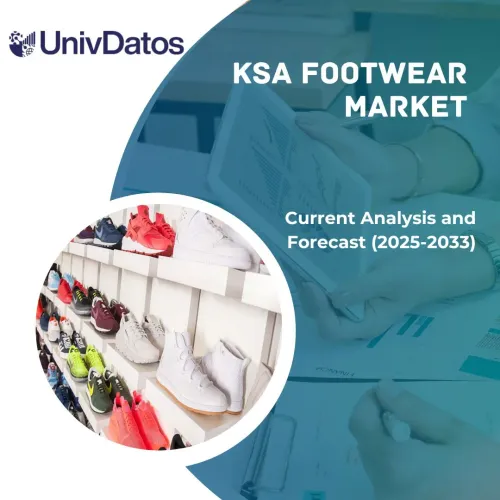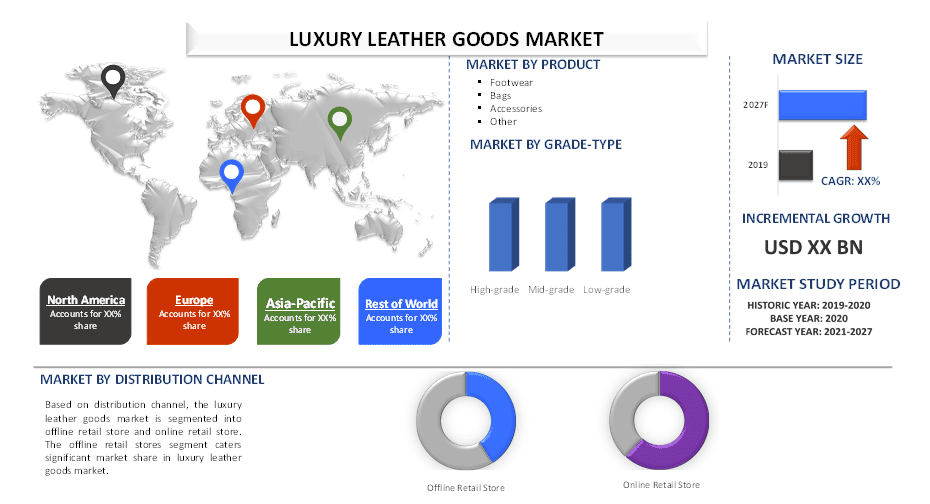
预计全球奢侈皮革制品在预测期内(2021-2027年)的复合年增长率约为5%。过去几年,奢侈皮革制品市场以显著速度增长,预计在预测期内也将保持同样的增长趋势。这主要归因于消费者对奢侈品的需求增加,这源于可支配收入的增加、生活水平的提高,以及对品牌痴迷的人数增加,这些都在推动市场发展。
预计将在预测期内推动奢侈皮革制品市场增长的主要因素包括:对钱包、钱包、夹克、鞋类、腰带的需求增加,以及男女之间替代时尚配饰的增加。此外,消费者更倾向于美学因素,对作为时尚宣言的高端产品需求有所增加。总部位于欧洲的公司,如Gucci、Gianni Versace和Louis Vuitton,是参与制造皮革配件的主要参与者。
奢侈皮革制品产品2020
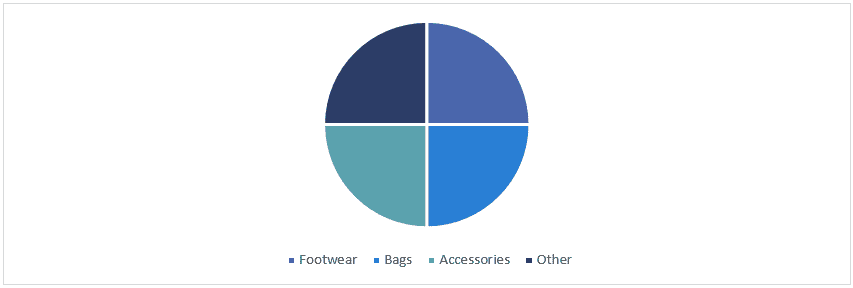
一些在该市场运营的主要参与者包括Prada Group、CHANEL、Burberry、Hugo Boss、Natuzzi、Michael Kors、Dior、Hermes、Tory Burch、Kate Spade。这些参与者已经进行了多项并购以及合作,以通过高科技和创新产品/技术为客户提供便利。
报告中提供的见解
“在产品方面,鞋类细分市场占据主要份额”
根据产品,奢侈皮革制品市场细分为鞋类、箱包、配饰及其他。鞋类细分市场迎合了奢侈皮革制品市场的重要需求。皮革鞋因其身份象征以及在正式服装中的需求而在男女中都很受欢迎。它不仅用于休闲服饰,也用于正式服装。
“在等级类型方面,高档细分市场占据主要份额”
根据等级类型,奢侈皮革制品市场分为高档、中档、低档。高档细分市场在奢侈皮革制品市场中占据相当大的市场份额。高档皮革被认为是皮革的顶层,包括皮肤的全部厚度,并且没有经过打磨或抛光以去除自然痕迹或瑕疵。所有纹理都保留在全粒面皮革中,这使其具有纤维强度、耐用性和透气性。
“欧洲在全球奢侈皮革制品市场中占据广泛的市场份额”
为了更好地理解奢侈皮革制品市场的采用情况,市场根据其在全球的分布情况进行分析,这些国家包括北美(美国、加拿大、北美其他地区)、欧洲(德国、英国、法国、西班牙、意大利和欧洲其他地区)、亚太地区(中国、印度、澳大利亚、日本、亚太其他地区)和世界其他地区。欧洲拥有广泛的市场份额,这归因于当地和国际参与者的强大存在、产品和技术创新、在线零售的兴起以及社交媒体平台的使用,这些都是推动欧洲市场增长的一些主要因素。
购买本报告的原因:
- 该研究包括经过权威行业专家验证的市场规模测算和预测分析。
- 该报告快速概览了整个行业的表现。
- 该报告深入分析了主要的行业同行,主要关注关键的业务财务、产品组合、扩张策略和最新发展。
- 对行业中普遍存在的驱动因素、限制因素、关键趋势和机会进行了详细的考察。
- 该研究全面涵盖了不同细分市场的市场。
- 对行业的深入区域级分析。
定制选项:
全球奢侈皮革制品市场可根据需求或任何其他市场细分进行进一步定制。此外,UMI了解您可能拥有自己的业务需求,因此请随时与我们联系,以获得完全满足您要求的报告。
目录
分析历史市场、估算当前市场以及预测全球奢侈皮革制品市场的未来市场,是创建和分析奢侈皮革制品在全球主要地区采用情况的三个主要步骤。进行了详尽的二手研究,以收集历史市场数据并估算当前市场规模。其次,为了验证这些见解,考虑了许多调查结果和假设。此外,还对全球奢侈皮革制品市场价值链中的行业专家进行了详尽的一手访谈。在通过一手访谈对市场数据进行假设和验证后,我们采用自上而下/自下而上的方法来预测完整的市场规模。此后,采用了市场细分和数据三角测量方法来估算和分析行业所属的细分市场和子细分市场的市场规模。详细的方法如下:
历史市场规模分析
步骤1:深入研究二手资料:
进行了详细的二手研究,通过公司内部来源(例如)获取奢侈皮革制品市场的历史市场规模年度报告和财务报表、业绩演示、新闻稿等,以及外部来源,包括期刊、新闻和文章、政府出版物、竞争对手出版物、行业报告、第三方数据库和其他可靠出版物。
步骤2:市场细分:
在获得奢侈皮革制品市场的历史市场规模后,我们进行了详细的二手分析,以收集主要地区不同细分市场和子细分市场的历史市场见解和份额。报告中包含的主要细分市场包括产品、等级类型、分销渠道、应用。进一步进行了国家级分析,以评估在该地区测试模型的整体采用情况。
步骤3:因素分析:
在获得不同细分市场和子细分市场的历史市场规模后,我们进行了详细的因素分析以估算奢侈皮革制品市场的当前市场规模。此外,我们使用因变量和自变量进行了因素分析,例如对奢侈品的需求增加和可支配收入的增加。考虑到全球奢侈皮革制品市场行业中顶级合作伙伴关系、并购、业务扩张和产品发布,对供需情况进行了彻底分析。
当前市场规模估算和预测
当前市场规模测算:基于上述3个步骤的可操作见解,我们得出了当前的市场规模、全球奢侈皮革制品市场的关键参与者以及各细分市场的市场份额。所有必需的百分比份额拆分和市场细分均使用上述二手方法确定,并通过一手访谈进行验证。
估算和预测:对于市场估算和预测,将权重分配给不同的因素,包括驱动因素和趋势、限制因素以及利益相关者可用的机会。在分析这些因素后,应用了相关的预测技术,即自上而下/自下而上的方法,以得出到2027年不同细分市场和子细分市场在全球主要市场的市场预测。用于估算市场规模的研究方法包括:
- 就国内主要市场而言,行业市场规模,以价值(美元)和高档皮革制品市场的采用率衡量
- 市场细分和子细分的所有百分比份额、拆分和细分
- 全球高档皮革制品市场的主要参与者,按提供的类别划分。此外,这些参与者为在快速增长的市场中竞争而采取的增长战略
市场规模和份额验证
初步调研:对包括主要地区的高级管理人员(CXO/VP、销售主管、市场营销主管、运营主管和区域主管、国家主管等)在内的关键意见领袖 (KOL) 进行了深入访谈。然后对初步研究结果进行总结,并进行统计分析以证明既定假设。将初步研究的输入与二手发现相结合,从而将信息转化为可操作的见解。
不同地区主要参与者的拆分
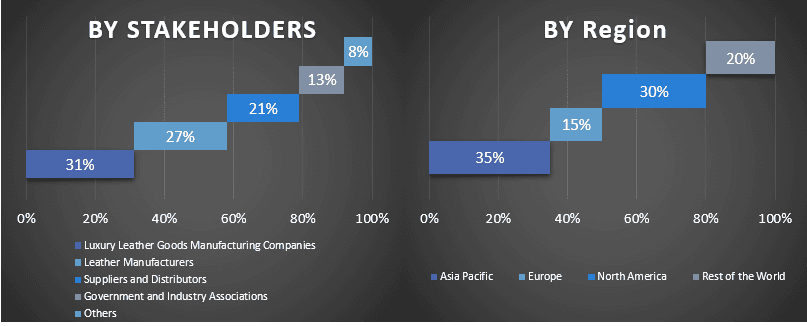
市场工程
采用数据三角测量技术来完成整体市场估算,并得出全球高档皮革制品市场的每个细分市场和子细分市场的精确统计数据。在研究了产品、等级类型、分销渠道、应用等领域的各种参数和趋势后,将数据拆分为几个细分市场和子细分市场。
全球高档皮革制品市场研究的主要目标
在研究中指出了全球高档皮革制品市场的当前和未来市场趋势。投资者可以从研究中进行的定性和定量分析中获得战略见解,从而为他们的投资做出决定。当前和未来的市场趋势决定了区域层面的整体市场吸引力,为行业参与者提供了一个平台,以利用尚未开发的市场来获得先动优势。研究的其他定量目标包括:
- 分析高档皮革制品市场以价值(美元)衡量的当前和预测市场规模。此外,分析不同细分市场和子细分市场的当前和预测市场规模
- 研究中的细分市场包括产品、等级类型、分销渠道、应用等领域。
- 定义和分析高档皮革制品市场行业的监管框架。
- 分析涉及各种中介机构的价值链,以及分析行业的客户和竞争对手行为。
- 分析主要地区高档皮革制品市场的当前和预测市场规模。
- 报告中研究的主要地区包括亚太地区、欧洲、北美和世界其他地区。
- 高档皮革制品市场的公司概况以及市场参与者为在快速增长的市场中保持生存而采取的增长战略
对行业的深入区域层面分析
相关 报告
购买此商品的客户也购买了


